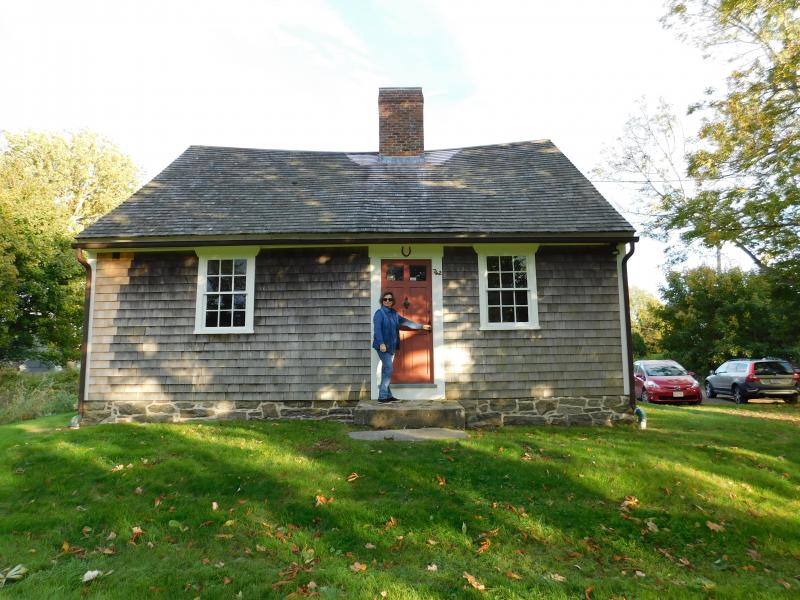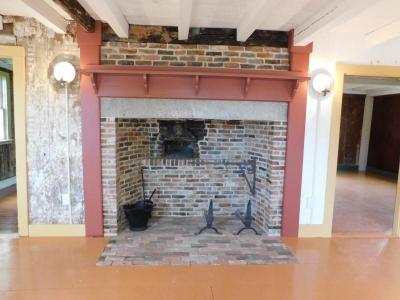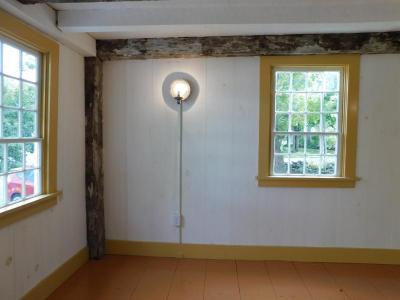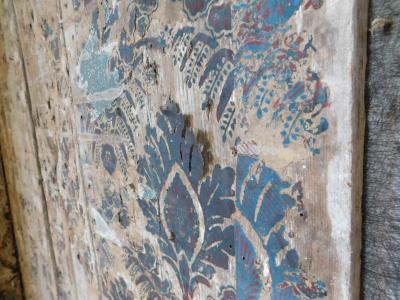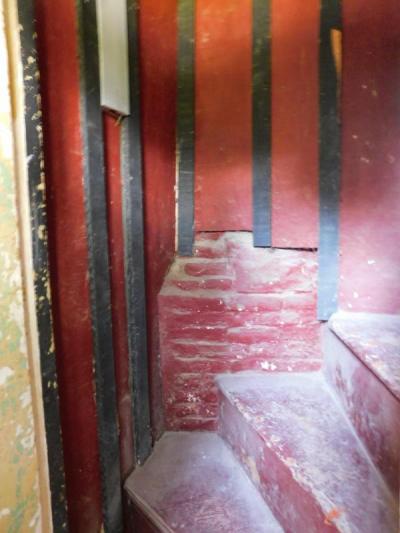Akin House holds centuries of history
The modest Cape Cod style house at 762 Dartmouth Street is home to centuries of history.
Built in 1762 by Job Mosher, the house predates the Revolutionary War, during which the British burned large parts of Dartmouth, Acushnet, New Bedford, and Fairhaven to the ground.
The house was home to members of the Akin family for nearly 250 years before being abandoned in the early eighties. Bedeviled by shag carpet and faux wood paneling, it was left to rot until 2003 when preservationists found it missing floorboards and plaster peeling off the ceiling.
Then, the house was purchased by the Waterfront Historic Area League, Inc. of New Bedford (WHALE) through Dartmouth's Community Preservation Act Funds and the work to preserve it began. In 2007, the Dartmouth Heritage Preservation Trust, Inc. took over the property and its restoration.
In July 2018, DHPT was awarded $13,000 in grant funds by the National Trust for Historic Preservation for the restoration of the sitting room of the Akin House.
“Any house can be saved,” said Diane Gilbert, the President and Treasurer of the DHPT. Gilbert was recently awarded the K. Julie McCarthy Community Spirit Award by Preservation Massachusetts for her work in preservation — including at the Akin House.
“We felt this house was definitely worth saving because of its relevance to the town of Dartmouth,” Gilbert said.
Elihu Akin originally owned much more than the house, including a tavern, a grander home, and a wharf in what is now Padanaram Village. The house on Dartmouth Street was likely purchased by Akin in 1769 largely for the land surrounding it, which was used for farming.
Elihu Akin was a prominent supporter of the American Revolution, and was instrumental in forcing three loyalists to leave the Dartmouth area. Some, including Gilbert, believe that his properties were targeted in the September 1778 fires lit by British troops along the South Coast as an act of vengeance.
The Akin family moved to their only remaining property, which was much humbler than their previous home.
His son, Jonathan Akin, was imprisoned in France several months later and appealed to Benjamin Franklin for help in a letter that is housed in Philadelphia.
Elihu Akin’s great grandson, Richard Canfield, spent the summer with his grandmother at the Akin house when he was 13. Canfield later became a notorious gambler and art collector.
Although some parts of the house had to be replaced, much of that history is preserved in the structure of the house. One of the most exciting discoveries during the preservation process was some remarkably well preserved wallpaper in the a sitting room.
When preservationists removed the plaster and lathes, they were surprised to see remnants of the original wallpaper -- although much of the paper has been eaten away. Through some detective work, Gilbert got in touch with an entomologist, who believes that silverfish bugs ate away all of the wallpaper except for that which remains, which is likely colored with arsenic.
The house also features some of the original corner posts, hardware, and details like newspaper that was pasted to the wall in an attempt at insulation, along with modern amenities like electricity and an ADA compliant wheelchair lift.
Preservationists also removed the later Greek revival style fireplace to reveal the original large brick fireplace with a beehive oven in the kitchen. The other Greek revival style fireplaces were left as-is.
Because the house was lived in for centuries, there are elements of many different periods represented, from Greek revival fireplaces and mantels to a Federal style door and some Georgian elements.
The paint colors are as close as possible to the original colors discovered beneath layers of later paint, although the preservationists have whitewashed new parts of the structure to subtly highlight what is original.
“The next phase is to make it relevant to the community and open to the community,” Gilbert said. Gilbert hopes the house will be a tool and a place for people to learn about architectural and cultural history, and the history of Dartmouth through the colonial and Revolutionary War period and beyond.
To learn more about the house and the DHPT, including how to support the work being done, go to www.dhpt.org.



